In the diagram shown in figure, find the magnitude and nature of zero error.
 .
.
Here, zero of vernier scale lies to the right of zero of main scale, it has positive zero error.
Futher, N=0,x=5,LCorVC=0.01cm
Hence, zero error =N+x×VC
=0+5×0.01=0.05cm
Zero correction =−0.05cm
∴ Actual length will be 0.05 cm less than the measured length.
Topper's Solved these Questions
- BOOK - DC PANDEY ENGLISHCHAPTER - EXPERIMENTSEXERCISE - Exercise 3.12videos
EXPERIMENTS
- BOOK - DC PANDEY ENGLISHCHAPTER - EXPERIMENTSEXERCISE - Exercise 3.22videos
EXPERIMENTS
- BOOK - DC PANDEY ENGLISHCHAPTER - ELECTROSTATICSEXERCISE - Integer17videos
ELECTROSTATICS
- BOOK - DC PANDEY ENGLISHCHAPTER - FLUID MECHANICSEXERCISE - Medical entranes gallery49videos
FLUID MECHANICS
Similar Questions
Knowledge Check
- Question 1 - Select One
Six point charges are arrange at the vertices of a regular hexagon of side length a (shown in figure).
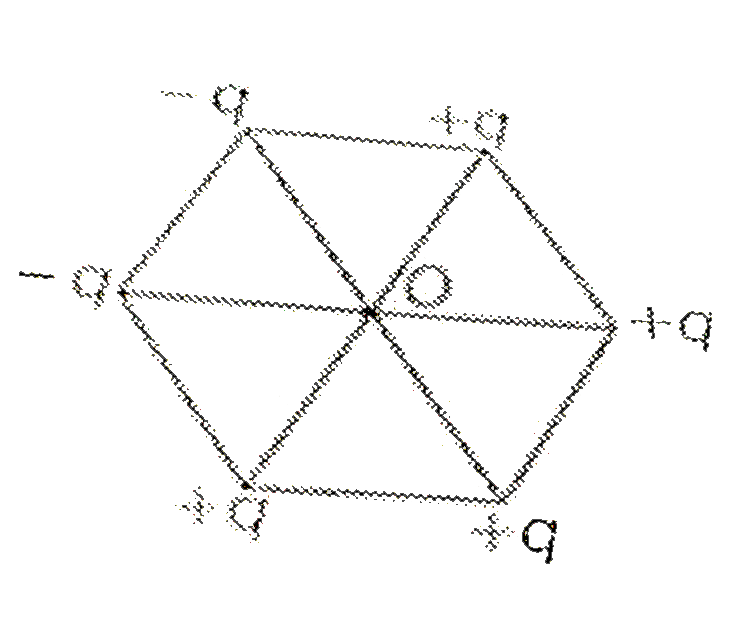
Find the magnitude of electric field at the centre of regular hexagon.A−qB−q6C+1.83qD−1.83q
In the figure shown
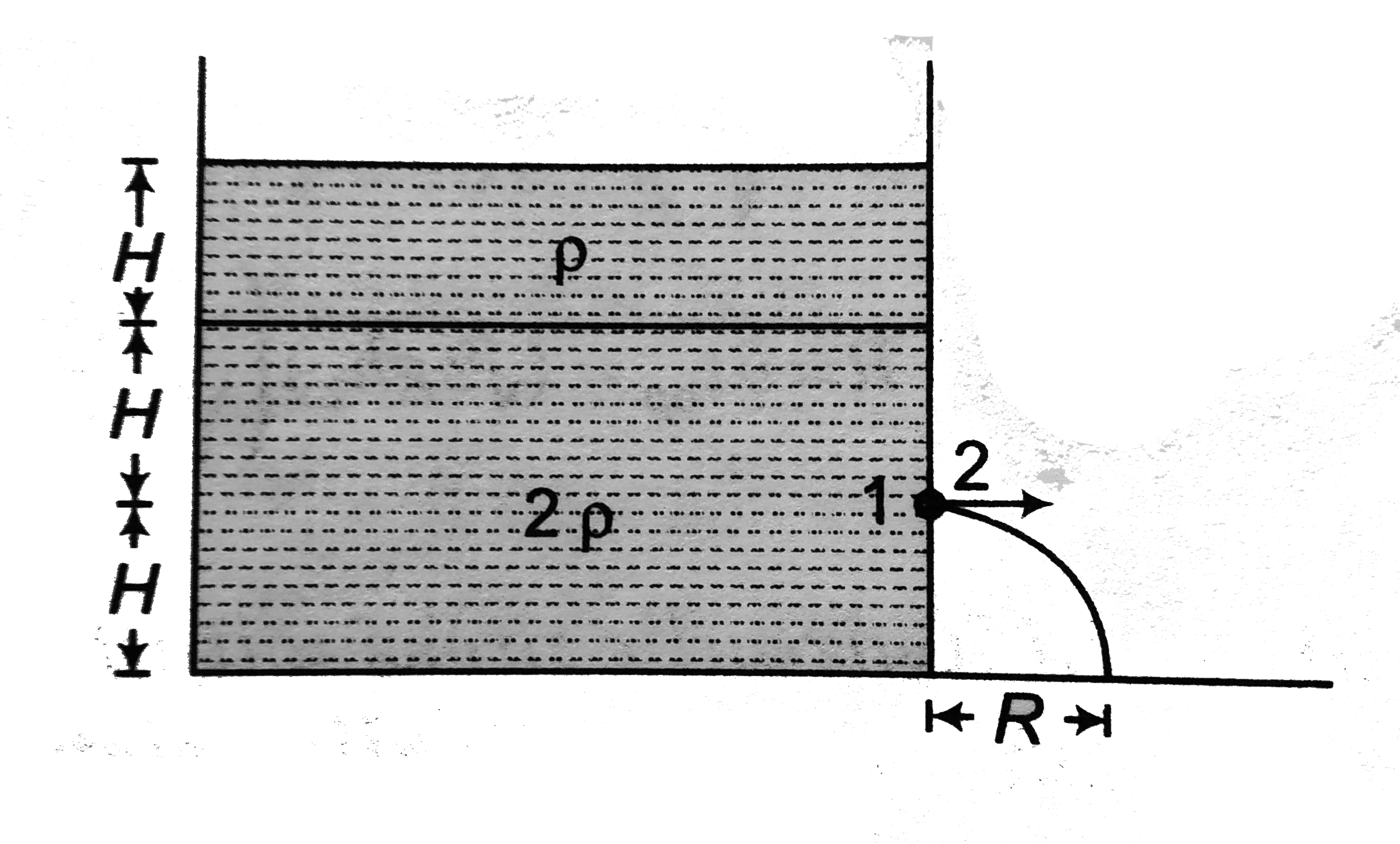
find the range R.View SolutionThe sum of the three vectors shown in figure is zero. Find the magnitudes of the vectors −−→OBand−−→OC.
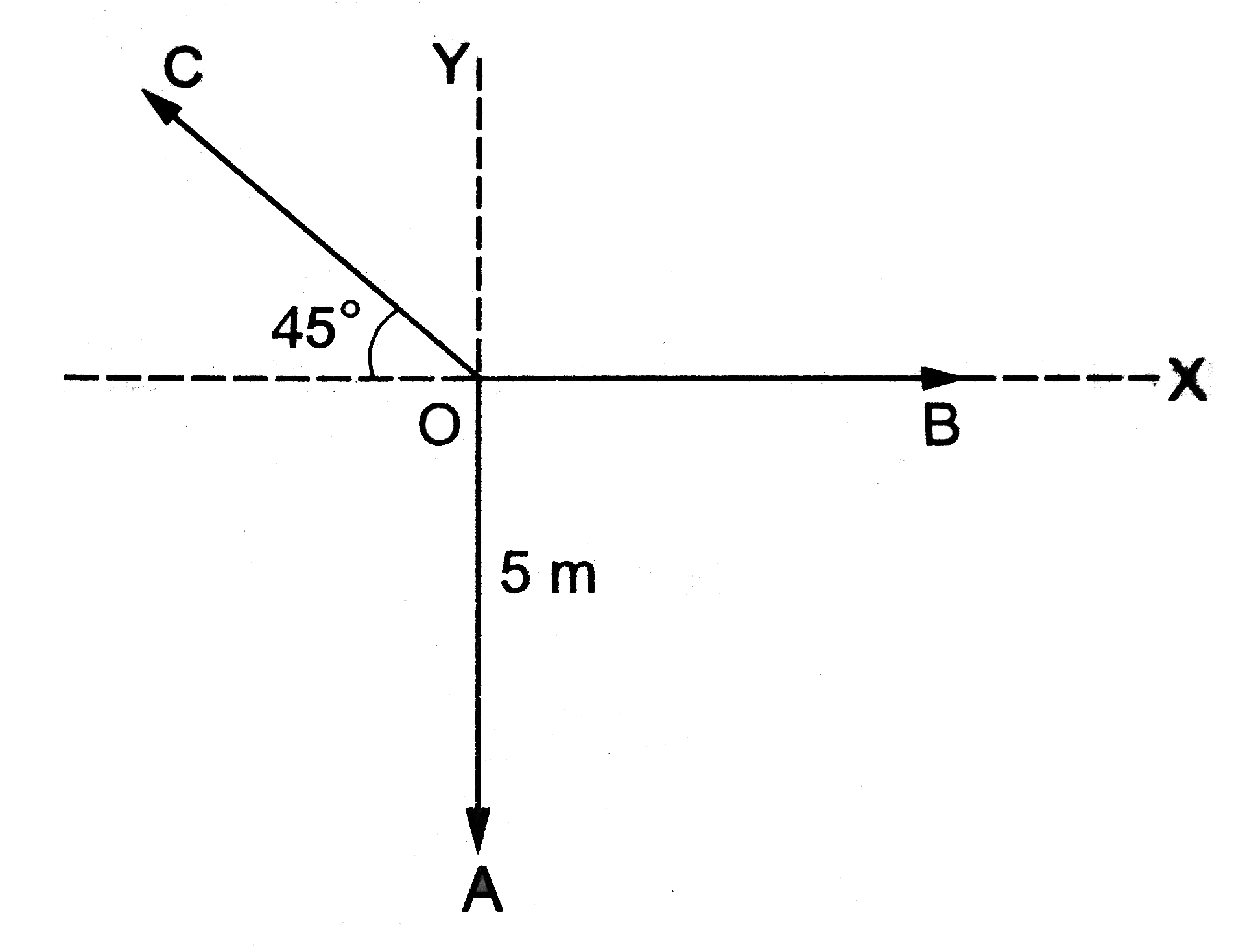 View Solution
View SolutionAn object of height 1mm is placed inside a sphere of refractive index μ=2 and radius of curvature 20 cm as shown in the figure. Find the position, size, and nature of image, for the situation shown in Figure. Draw ray diagram.
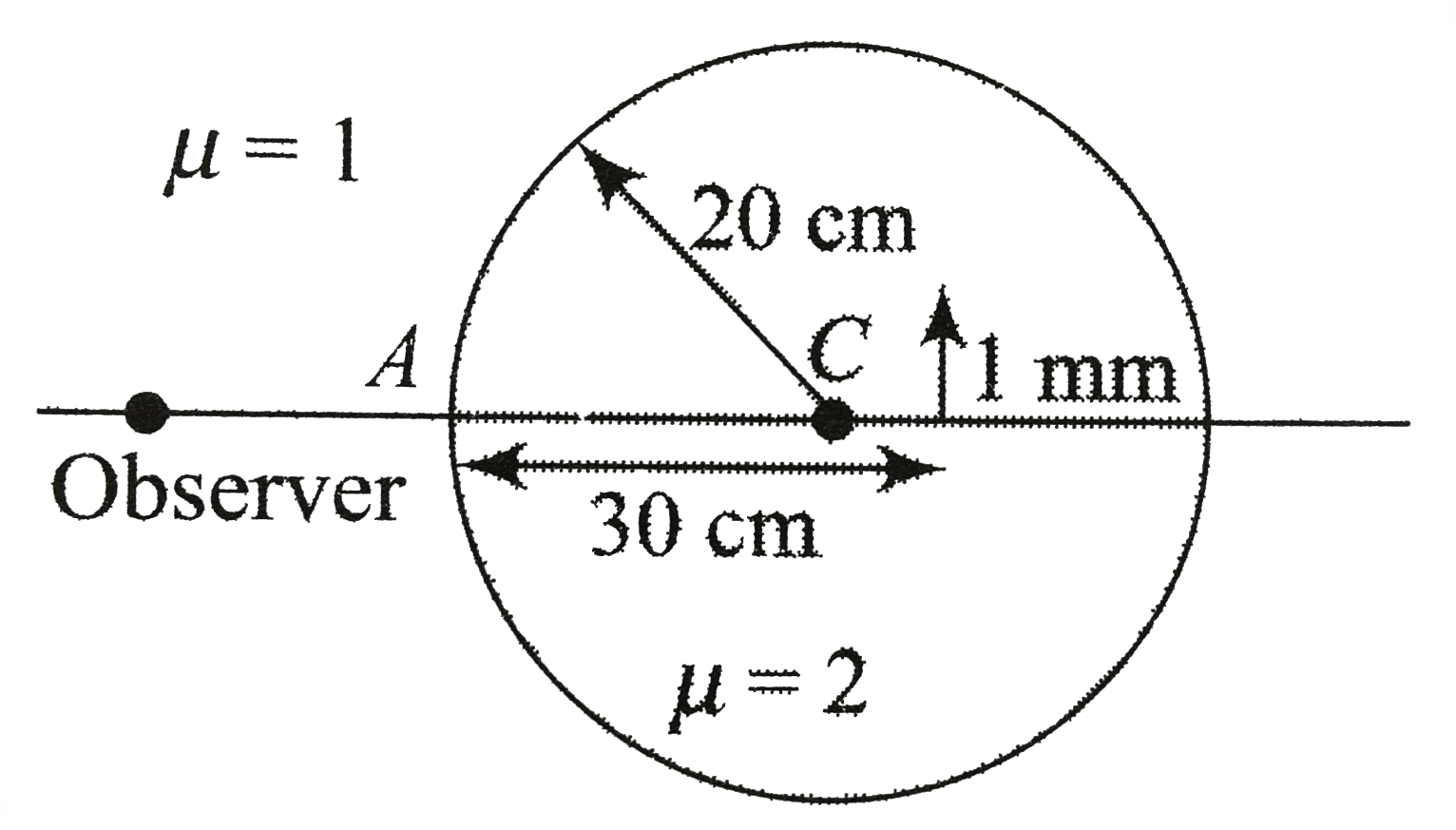 View Solution
View SolutionIn figure the tension in the diagram string is 60N
(a) Find the magnitude of the horizontal force F1 and F2 that must be applied to hold the system In the position shown.
(b) What is the weight of the suspended block?
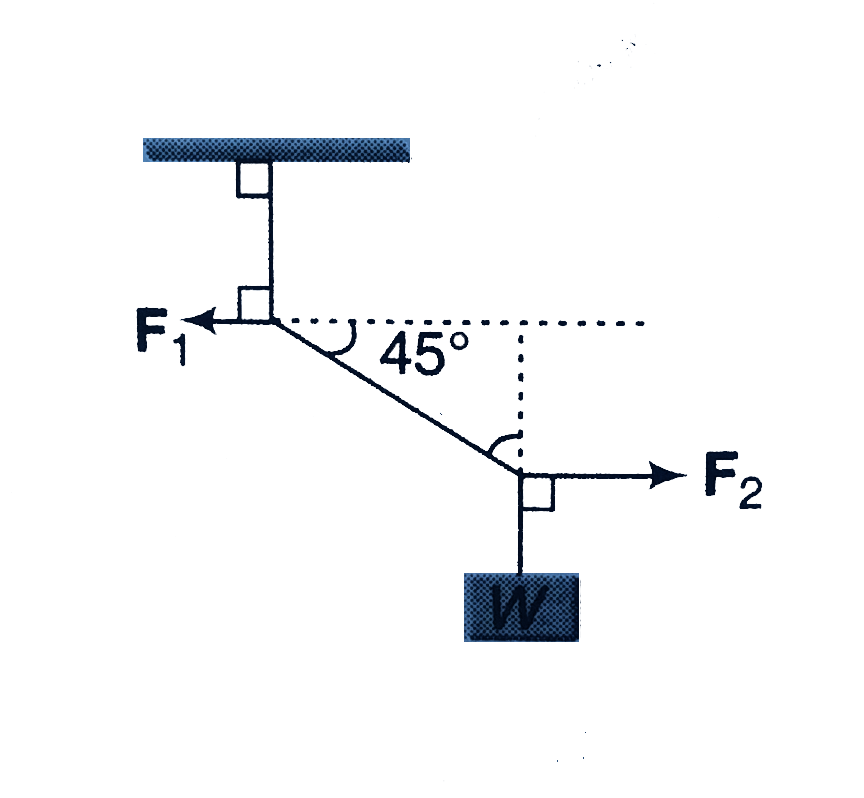 View Solution
View SolutionIn the circuir shown in figure, current is zero through
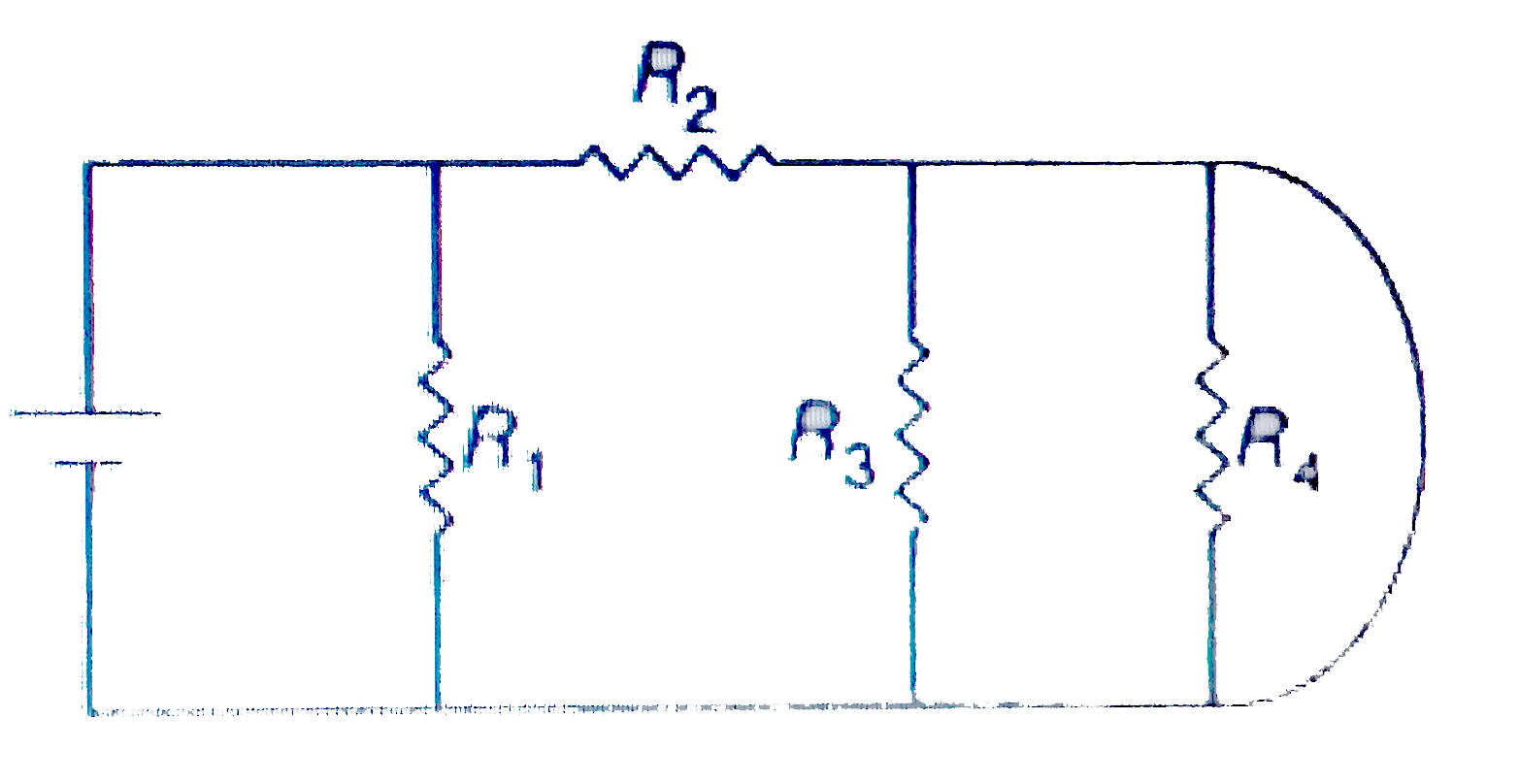 View Solution
View SolutionIn the circuit shown in the following figure, find
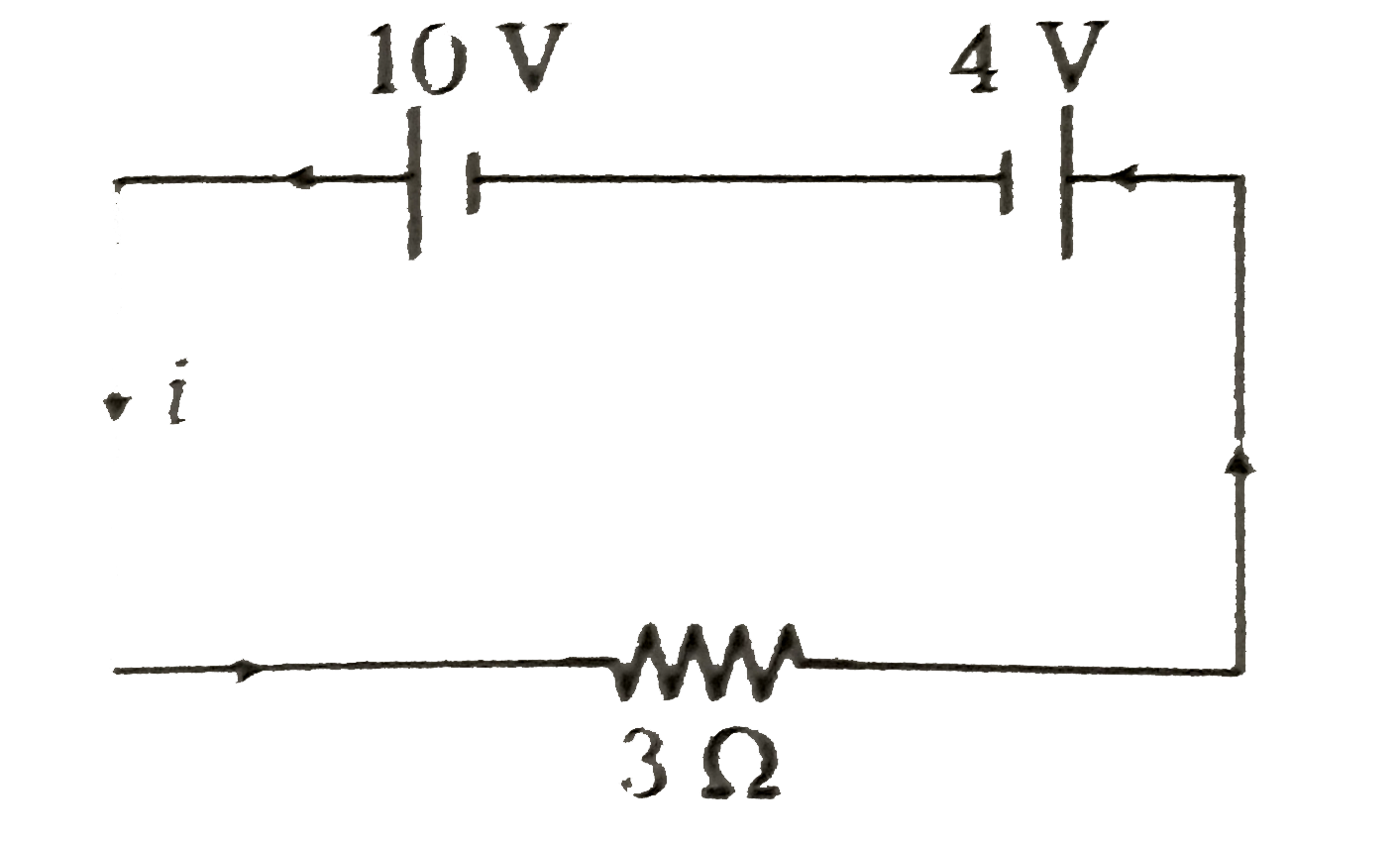 View Solution
View SolutionIn the circuit diagram shown in find the current through the 1Ω resistor.
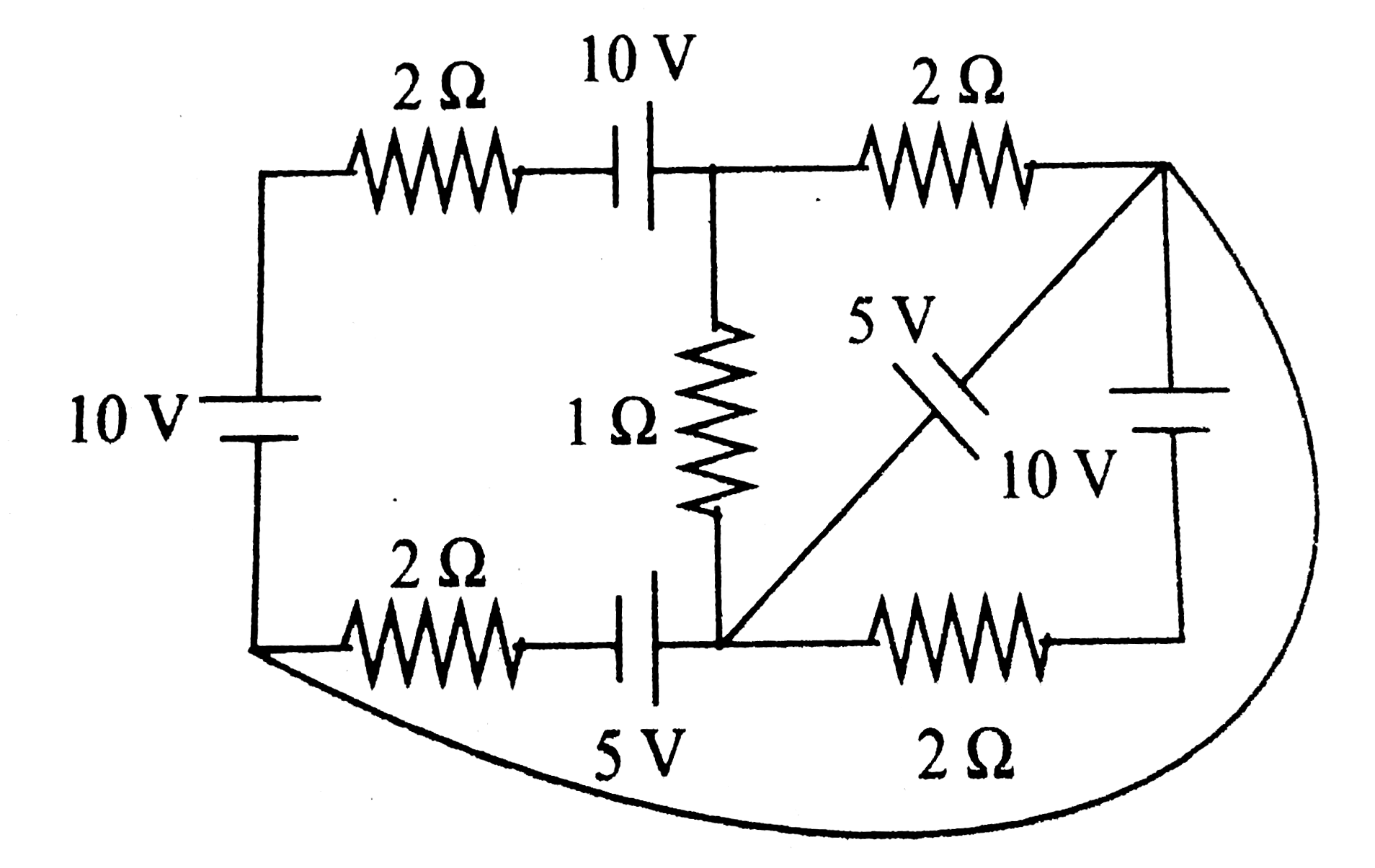 View Solution
View Solution


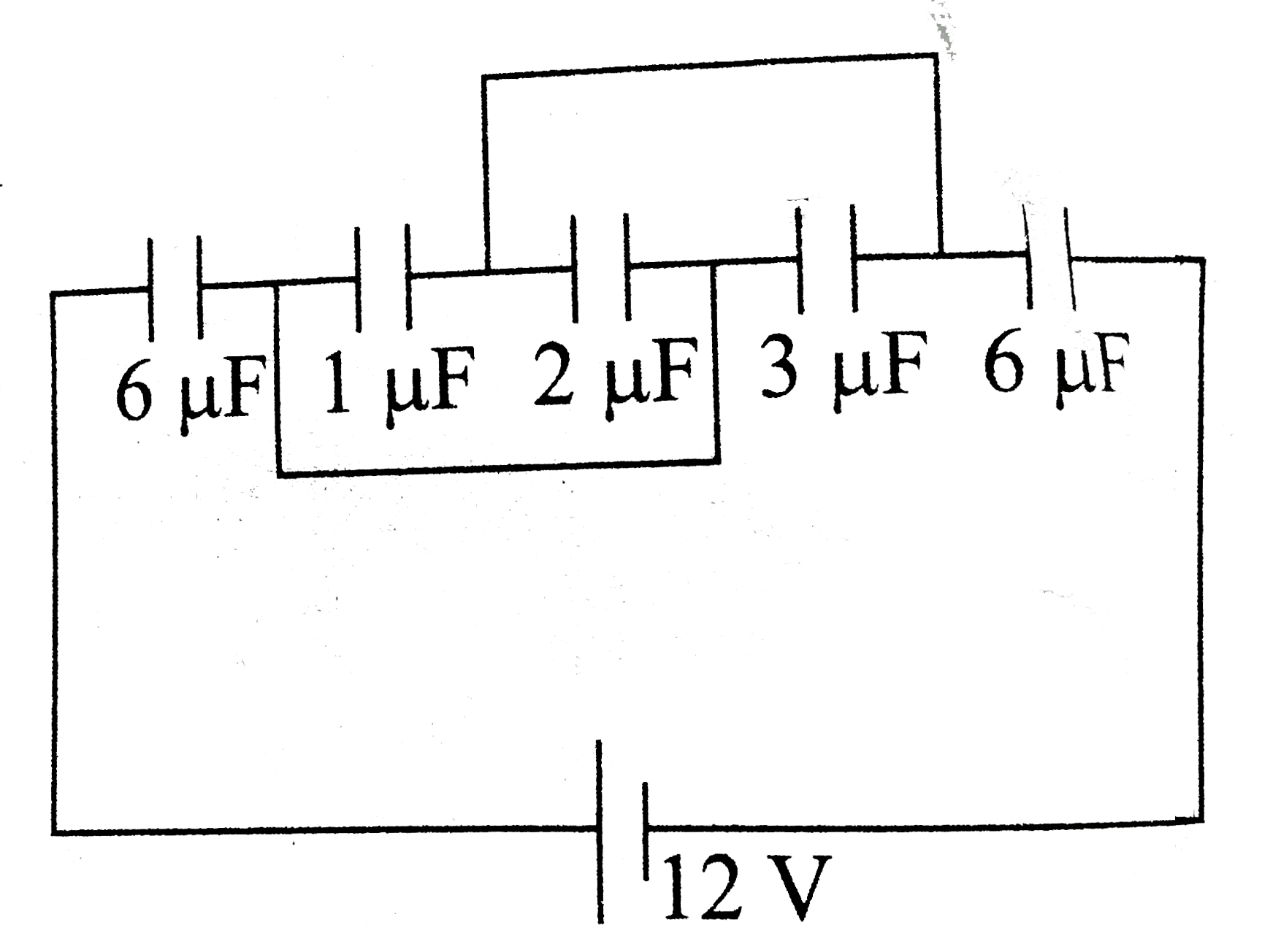 .
. .
.